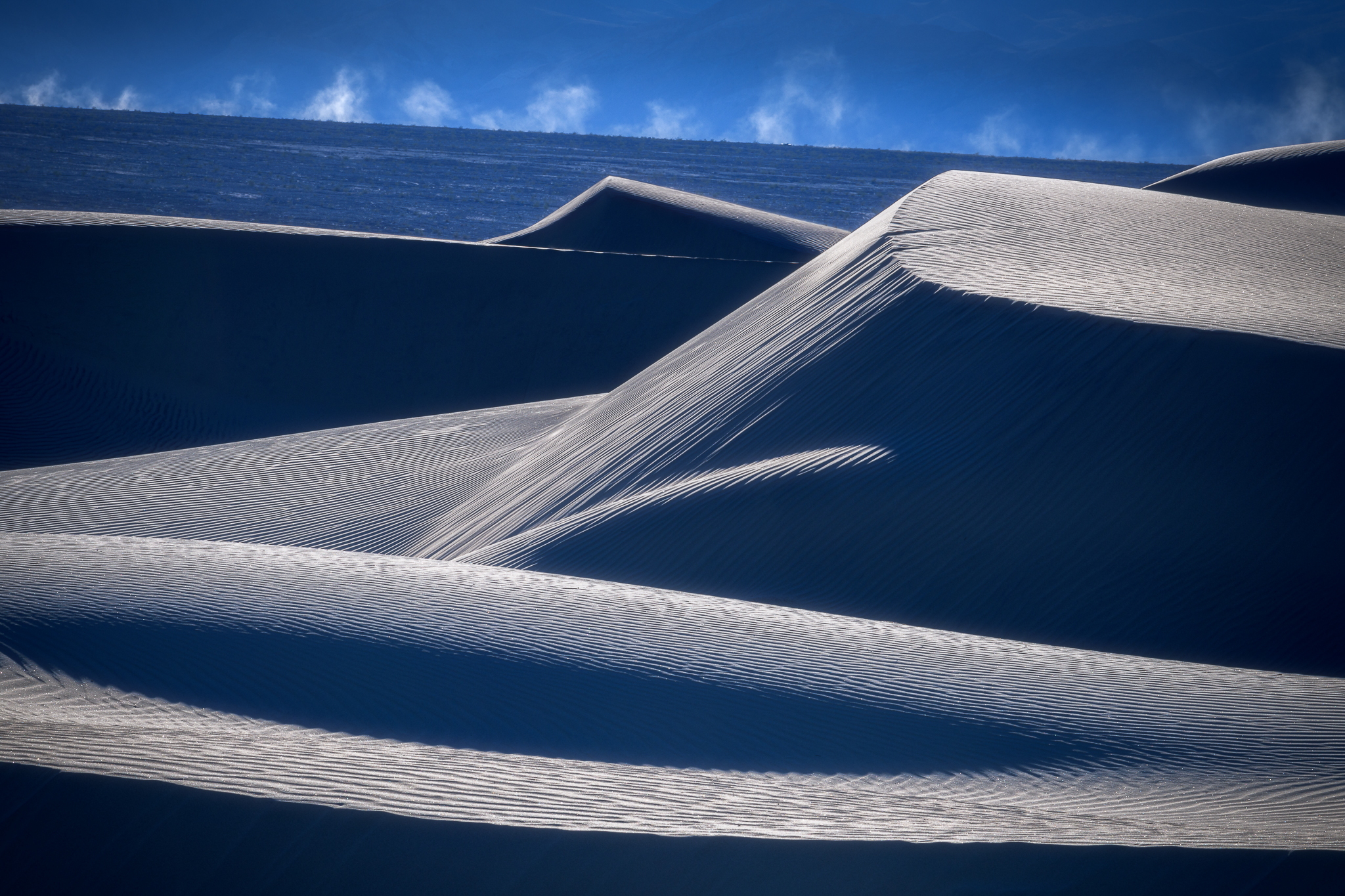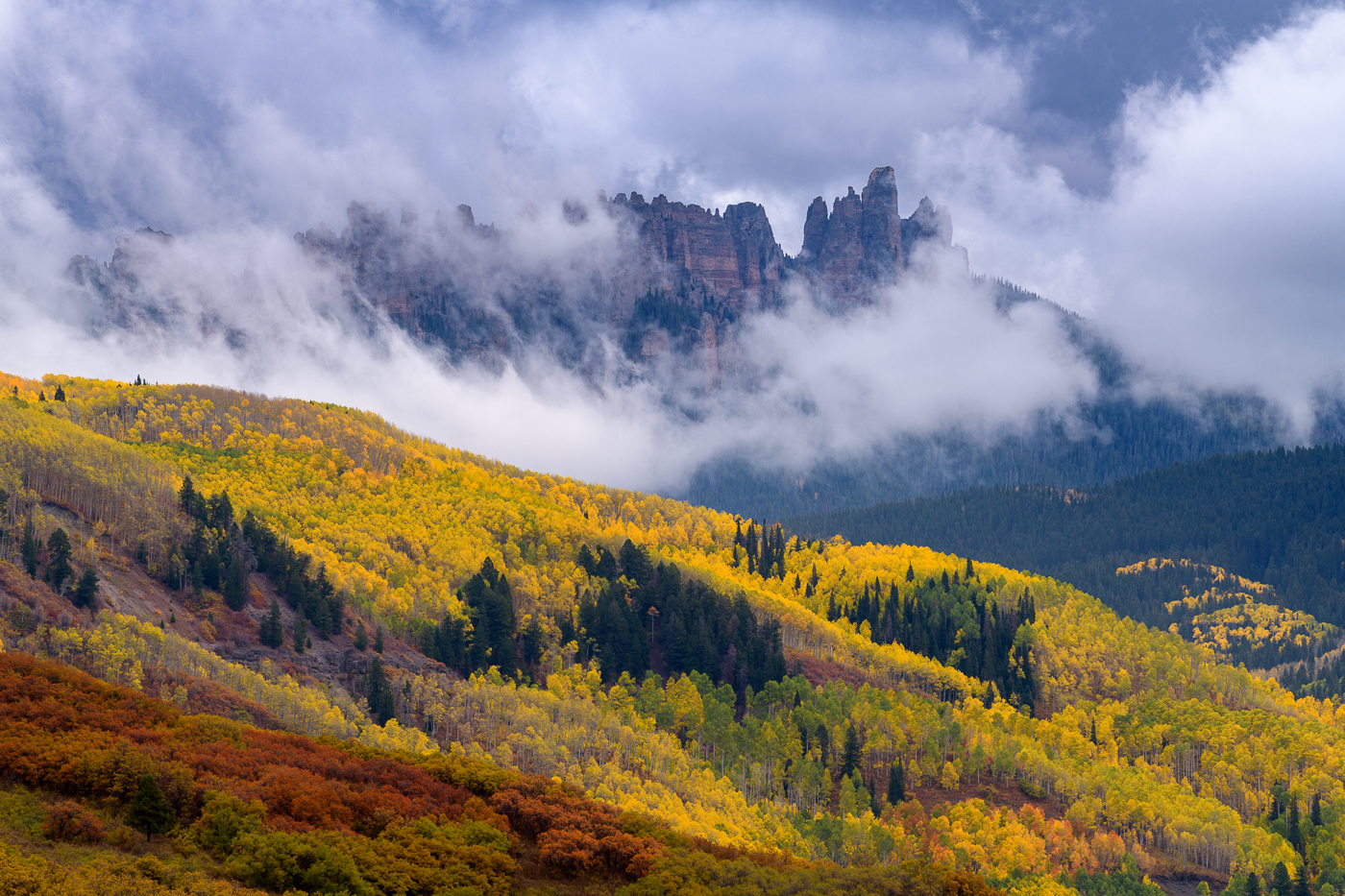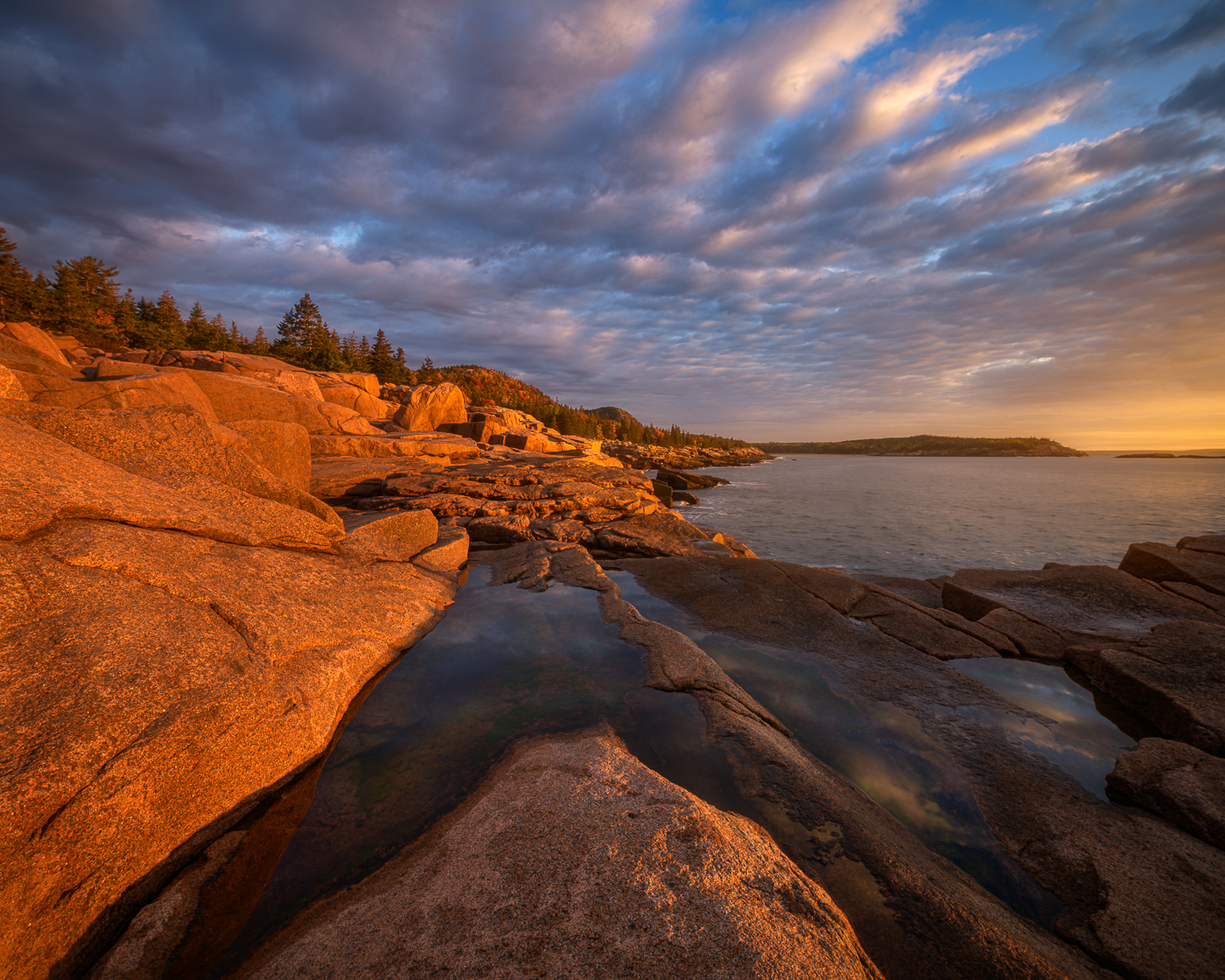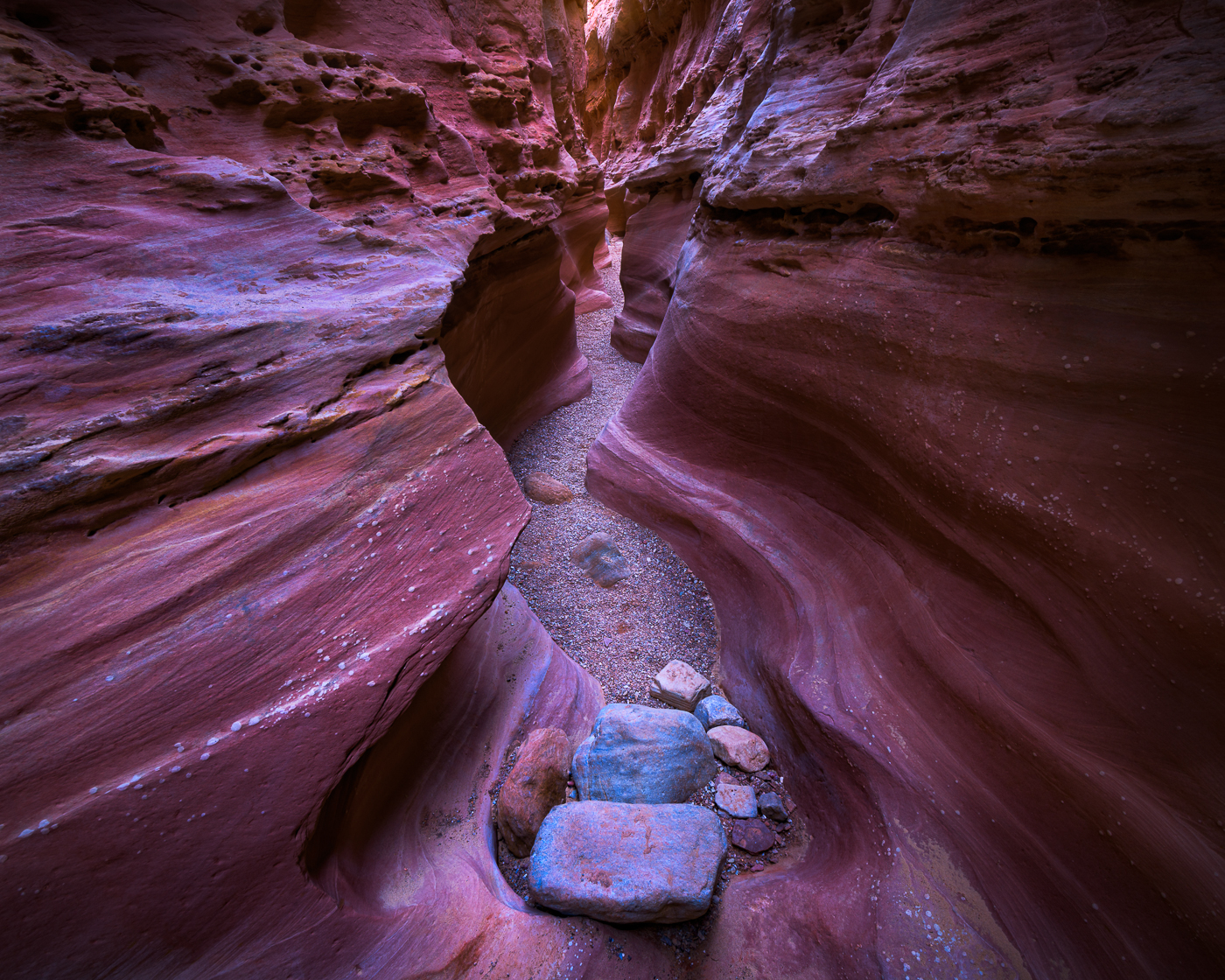I’m not talking about those among us that seem to crush it every time they walk out the door. That’s a post for another day. I’m talking about the importance of owning and using a cable release for landscape photography, especially if you’re shooting in and around moving water.
As you know Ian and I recently spent some time shooting in Iceland. It was on this trip that I was reminded just how important that little and often overlooked piece of gear is to capturing the decisive moment, and how often it makes the difference between a decent shot and a real winner. I had been shooting stream and waterfall images earlier in the day and dropped my cable release in the drink. I laid it out on the dashboard of the car to dry out while driving to Jorkulsarlon. Unfortunately, I forgot to retrieve it from the dash before heading out on the iceberg beach for sunset (it was actually my friend’s fault, he distracted me with some pithy observation about light, Photoshop or some such thing). Upon realizing my error and like any self-respecting pro I decided I could do without it, mostly because I was too lazy to hike back to the car. I’d simply use the camera’s self-timer to ensure sharp images.
Well if you could have heard the stream of profanity I uttered for most of the shoot you’d want to wash my mouth out with soap. I simply wasn’t able to get the shot I was envisioning. I would watch each incoming and outgoing wave knowing when I wanted the shutter to fire but unable to get the right timing whilst using the 2 second delay of the timer. Trying to anticipate the right moment to trip the shutter is hard enough when using a cable release and live view but it was virtually impossible with a 2 second delay.
I see photographers on my workshops and in the field all the time that don’t use cable releases and I simply can’t for the life of me figure out why. If you’re shooting in and around water, trying to time waves along the coast or waiting for the right pulse of water coming down the stream a cable release is imperative. And with fall foliage season right around the corner a cable release is essential when waiting for that persistent breeze to stop blowing through your carefully crafted composition.
I did manage to get a frame or two that I was happy while using the timer function but I would have gotten a lot more with my cable release, and been a lot less frustrated doing it. For this image taken a couple of nights later with my cable release, I searched for and found a few icebergs that seemed to echo the great lines in the sky. I liked the way the waves flowed through gaps in the bottom of the foreground iceberg further mimicking the shapes in the clouds. I set up and waited for incoming waves to pulse underneath the iceberg and hit the shutter release just as they approached the ice. I found that a shutter speed of between .5 and 1 second would record the perfect amount of detail in the fanning wave as it spread out on the black sand beach. Timing the wave was critical since tripping the shutter too early resulted in no water fanning out and tripping it too late didn’t capture the leading edge of the waterline. The likelihood of capturing the decisive moment would have been greatly diminished if relying on the camera’s self-timer.

“Arctic Kaleidoscope,” Canon 5DIII, 16mm, f16 @ 1 sec. ISO 100, 3 stop grad ND








